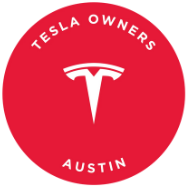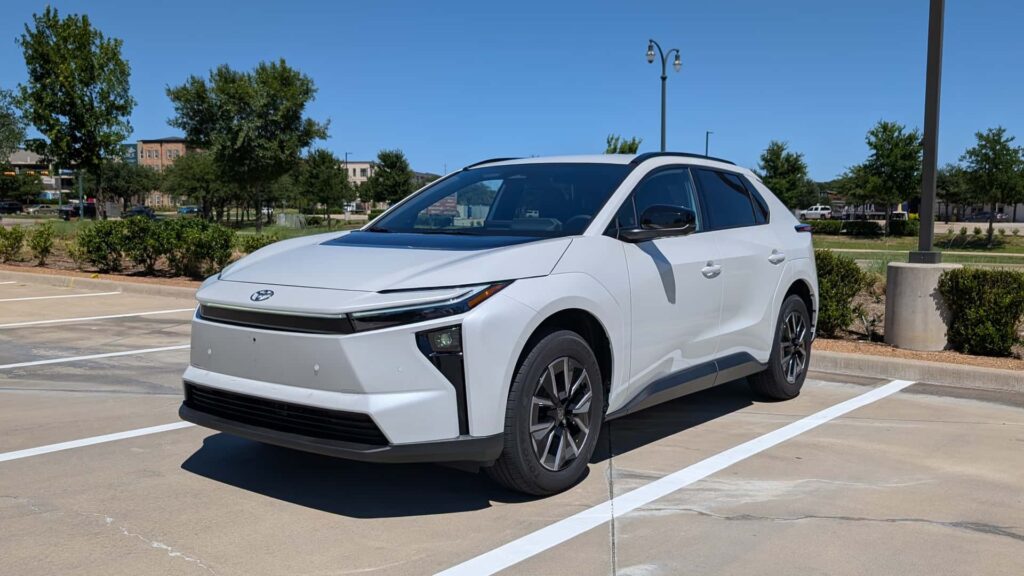Despite the limitations in charging speed, the Toyota bZ4X has made significant improvements in other areas. The increase in range, addition of new features, and the inclusion of a Tesla-style charging port make it a more attractive option for potential buyers. The overall driving experience has been enhanced, making it a vehicle that many would consider owning.
However, the issue of slow charging speeds still remains a concern for some users, especially for taxi drivers who rely on quick charging to minimize downtime. The maximum charging speed of 150 kilowatts is a bottleneck that Toyota has yet to address. This has been a common complaint among current bZ4X owners, particularly those who use the vehicle for commercial purposes.
According to Daisuke Ido, the chief engineer of bZ Woodland and C-HR, the decision to stick with a 400-volt electrical architecture was driven by production costs. Upgrading to an 800-volt system would allow for faster charging times but would also increase the overall cost of the vehicle. Toyota is taking a cautious approach, considering the competitive landscape and the financial implications of such a change.
Other automakers, such as Hyundai, Kia, and General Motors, have already adopted 800-volt architectures in some of their vehicles, offering faster charging speeds and improved road-tripping capabilities. The Hyundai Ioniq 5, for example, is known for its rapid charging capabilities at a similar price point to the Toyota bZ4X. Even Tesla, with its 400-volt system on the Model Y, has managed to optimize charging speeds for a better user experience.
While the decision to stick with a 400-volt system may be a strategic one for Toyota at the moment, the company acknowledges the importance of addressing customer needs. The upgraded bZ model boasts a better charging curve, allowing for higher charging speeds over longer periods. This should result in a faster charging time from 10 to 80% state of charge in just 30 minutes.
As the electric vehicle market continues to evolve, Toyota will need to carefully consider the trade-offs between production costs and customer satisfaction. While the bZ4X has seen significant improvements, the issue of charging speed remains a key consideration for potential buyers. Toyota may need to revisit its decision on the electrical architecture in future models to stay competitive in the rapidly changing EV landscape.
Toyota has made significant improvements to the charging capabilities of the 2026 bZ electric vehicle. One of the key upgrades is the support for battery preconditioning, which helps optimize the pack temperature for faster charging. This feature ensures that the battery is at the ideal temperature for efficient charging, ultimately reducing charging times.
Additionally, the 2026 bZ now comes standard with the North American Charging Standard (NACS) plug. This plug allows for seamless access to Tesla’s Supercharger network, providing bZ owners with a convenient and widespread charging infrastructure. This integration with the Supercharger network is a major enhancement to the overall EV ownership experience.
Furthermore, Toyota has increased the maximum charging capacity of the bZ for the 2026 model year. The all-wheel-drive version, which previously topped out at 100 kW, now supports charging speeds of up to 150 kW. This upgrade enables faster charging times and allows for more flexibility in charging sessions.
Ido, a Toyota representative, highlighted the fact that many customers prefer shorter charging sessions, such as charging from 30% to 80% or 50% to 90%. The 2026 bZ is designed to cater to these preferences, offering improved charging efficiency for these common scenarios.
Moreover, Toyota has implemented plug and charge functionality for the bZ on the Supercharger network. This feature eliminates the need for users to manually authorize payments through credit cards or smartphone apps. Once the initial payment account is set up, bZ owners can simply plug in their vehicle and begin charging without any additional steps.
Overall, the enhancements made to the charging capabilities of the 2026 Toyota bZ demonstrate the company’s commitment to providing a seamless and efficient charging experience for electric vehicle owners. With faster charging speeds, battery preconditioning, and integration with the Supercharger network, the bZ is poised to offer an enhanced driving experience for its users.
Toyota has recently announced that its NACS to CCS adapter will allow current and older model year vehicles to charge at Tesla Superchargers. This adapter will provide more flexibility for Toyota electric vehicle owners, allowing them to access Tesla’s extensive Supercharger network for fast and convenient charging.
In addition to the NACS to CCS adapter, Toyota has also introduced a CCS to NACS adapter for the 2026 model year vehicles. This adapter will enable Toyota electric vehicle owners to charge at non-Tesla charging stations, further expanding their charging options and convenience.
Some other networks will also get plug and charge capabilities, although the details of these networks will be disclosed at a later date. This means that Toyota electric vehicle owners will have even more options for charging their vehicles, making it easier and more convenient to travel long distances without worrying about running out of battery power.
Aside from the adapters, Toyota has made other significant upgrades to its electric vehicles. The front-wheel-drive XSE Plus trim now offers up to 314 miles of range, providing even more flexibility for drivers who need to travel long distances. Additionally, Toyota’s app-based route-planning feature will help drivers locate charging stations on the go, making it easier to plan out long trips and ensure that they have access to charging facilities when needed.
Inside the vehicle, the cabin has been upgraded to feel more premium and tech-forward. This includes the latest in-car technology and features that enhance the overall driving experience for Toyota electric vehicle owners.
Overall, the introduction of the NACS to CCS and CCS to NACS adapters, along with the other upgrades to Toyota’s electric vehicles, demonstrate the company’s commitment to providing innovative solutions for electric vehicle owners. With more charging options and improved features, Toyota electric vehicles are becoming more competitive in the market and offering a more complete driving experience for consumers.

